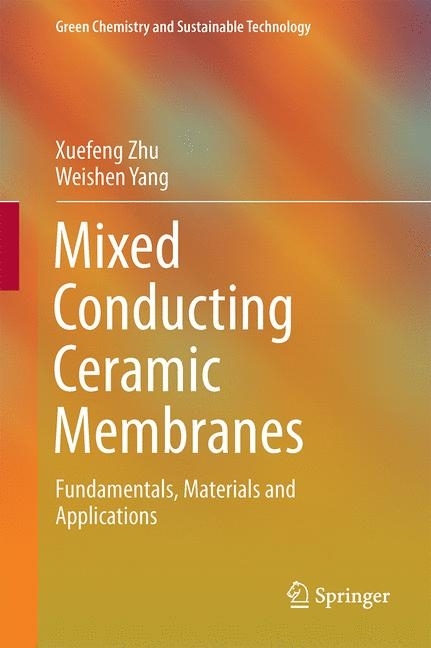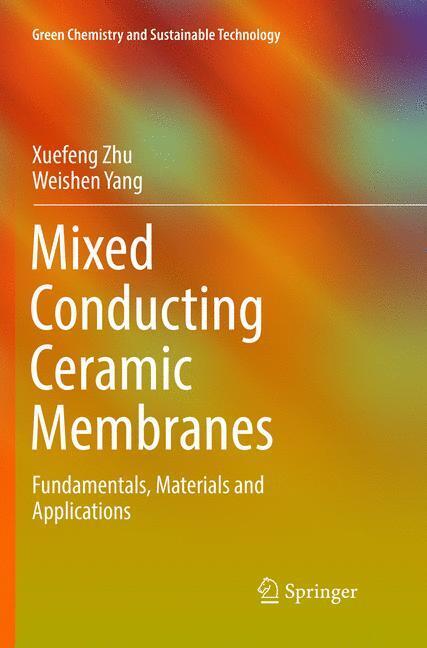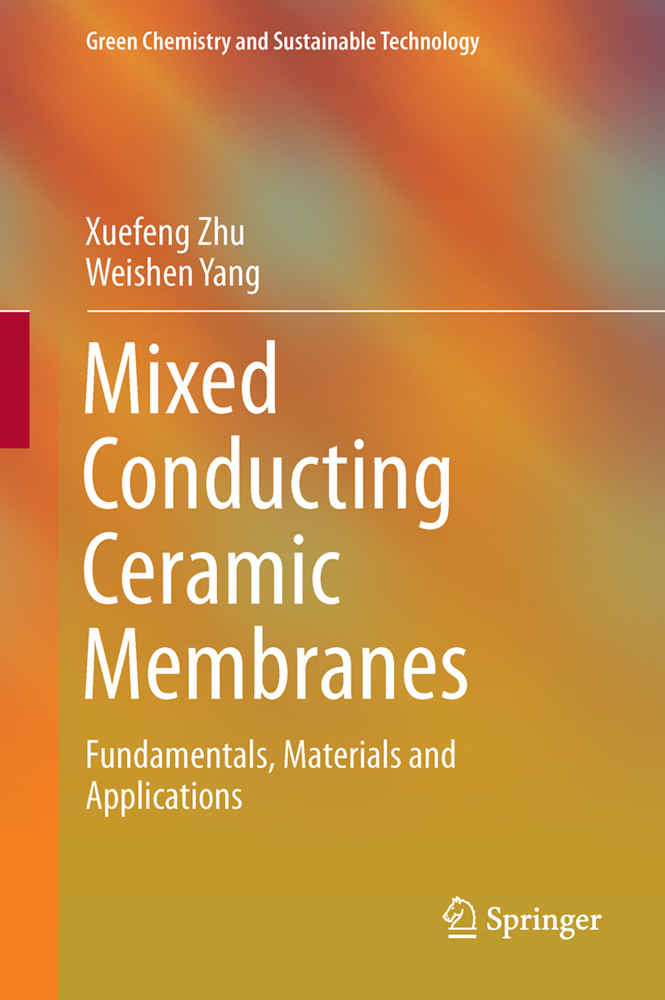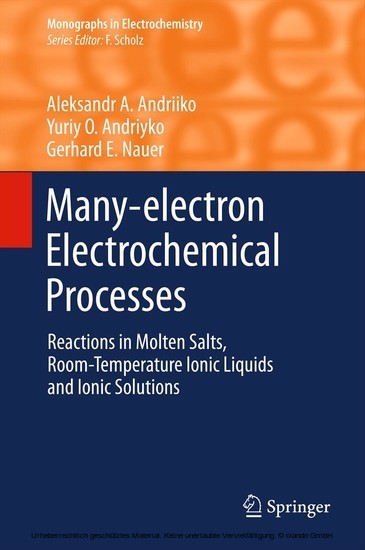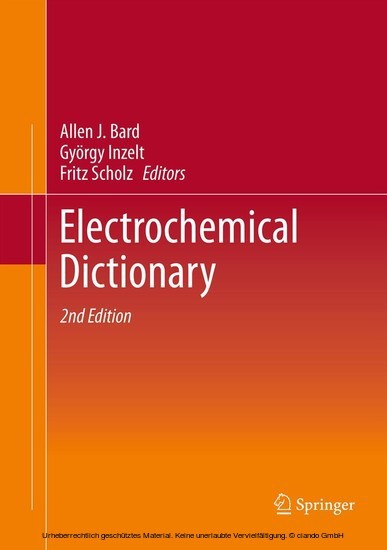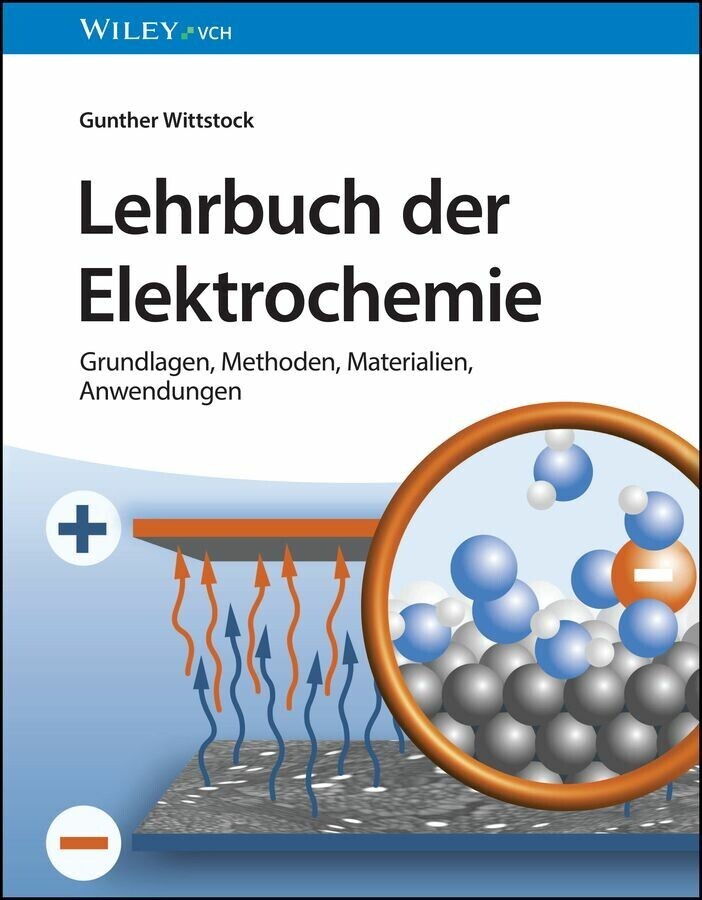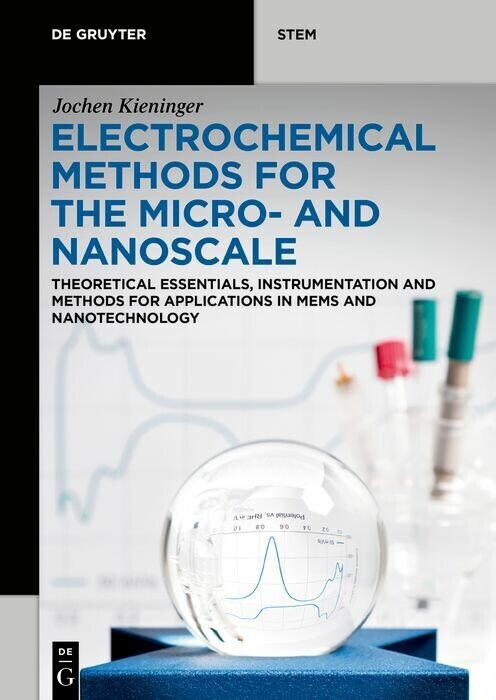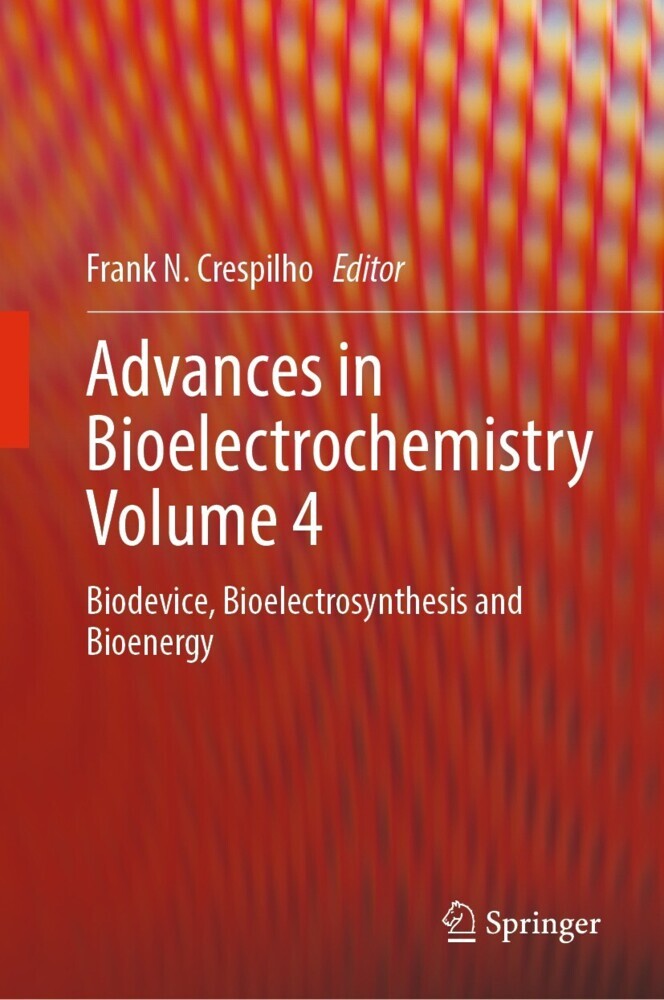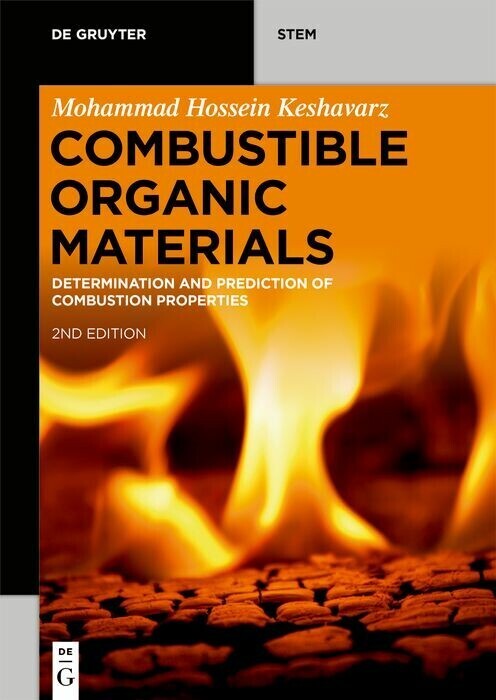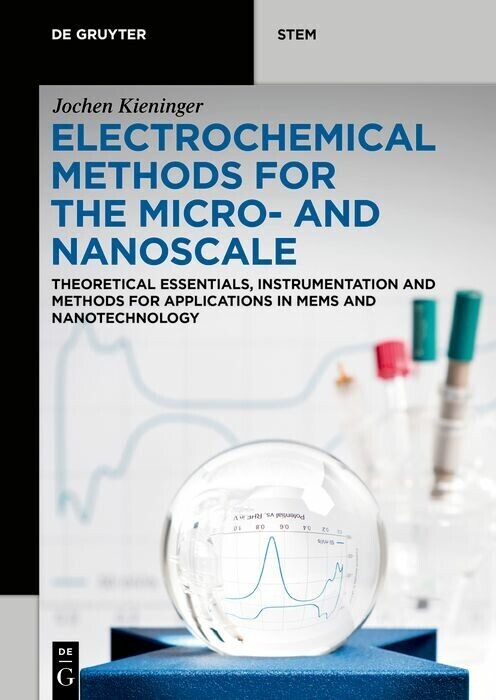Mixed Conducting Ceramic Membranes
Mixed Conducting Ceramic Membranes
This book is intended to bring together into a single book all aspects of mixed conducting ceramic membranes. It provides a comprehensive description of the fundamentals of mixed ionic-electronic conducting (MIEC) membranes from the basic theories and materials to fabrication and characterization technologies. It also covers the potential applications of MIEC membrane technology in industry. This book offers a valuable resource for all scientists and engineers involved in R&D on mixed conducting ceramic membrane technology, as well as other readers who are interested in catalysis in membrane reactor, solid state electrochemistry, solid oxide fuel cells, and related topics.
Xuefeng Zhu, PhD, is a Professor at State Key Laboratory of Catalysis, Dalian Institute of Chemical Physics, Chinese Academy of Sciences, China.
Weishen Yang, PhD, is the team leader for Membrane Catalysis and New Catalytic Materials and a DICP Chair Professor at State Key Laboratory of Catalysis, Dalian Institute of Chemical Physics, Chinese Academy of Sciences, China.
Prof. Xuefeng Zhu received his PhD from the Dalian Institute of Chemical Physics, Chinese Academy of Sciences in 2006, and became a full professor at the same institute in 2014. His research interests include mixed conducting membranes for O2, H2 separation and production, cathode materials for intermediate-low-temperature solid oxide fuel cells, electrochemical oxygen reduction and evolution reactions for electrolyzing water and metal-air batteries, highly selective catalytic oxidation of light hydrocarbons to olefins, and catalytic oxidation reactions in inorganic membrane reactors. Prof. Zhu has published over 60 peer-reviewed scientific papers, H-index 24, has contributed to 2 book chapters, given more than 20 oral presentations at international and domestic conferences and workshops, and holds 11 patents.
Prof. Weishen Yang completed his PhD on catalysis at the Dalian Institute of Chemical Physics, Chinese Academy of Sciences in 1990. After graduation, he started working at the same institute, and became a full professor in 1995. As a visiting scholar, he worked at the University of Birmingham (UK) in 1989 and University of Southern California (USA) in 2001. His research mainly focuses on the synthesis and application of inorganic membranes and new catalytic materials in solving energy related problems, which include (1) Alternative Energy: Oxygen permeable membranes for natural gas conversion; (2) Renewable Energy: Zeolite membranes for bio-fuel (ethanol/butanol)/water separation; (3) Clean Energy: Hydrogen permeable membranes for pure H2 production; (4) Advanced Energy: Hydrogen and/or oxygen permeable membranes used in solid oxide fuel cells (SOFC). Prof. Yang has produced over 280 refereed journal publications, 4 invited review articles, 4 book chapters, holds 40 patents and has given more than 30 invited lectures in academia and industry around the world.
1;Preface;6 2;Contents;8 3;Chapter 1: Introduction to Mixed Ionic-Electronic Conducting Membranes;13 3.1;1.1 Introduction;13 3.2;1.2 Principle of Oxygen Permeation;15 3.3;1.3 Types of Membranes;17 3.4;1.4 Scope of This Book;20 3.5;References;22 4;Chapter 2: Defects and Diffusion;23 4.1;2.1 Defects Concerned in MIEC Materials;23 4.1.1;2.1.1 Point Defects;24 4.1.2;2.1.2 Point Defect Notations;26 4.1.3;2.1.3 Electrons and Holes;27 4.1.4;2.1.4 Defects in MIEC Oxides;29 4.1.4.1;2.1.4.1 Fluorite-Type Ceria-Based Materials;29 4.1.4.2;2.1.4.2 Perovskite-Type Materials;30 4.1.5;2.1.5 Association of Defects;32 4.1.6;2.1.6 Equilibria of Defect Reactions;34 4.1.7;2.1.7 Grain Boundaries;43 4.2;2.2 Ionic Diffusion;47 4.2.1;2.2.1 Vacancy Diffusion and Interstitial Diffusion;48 4.2.2;2.2.2 Diffusion Path of Oxygen Ions;49 4.2.2.1;2.2.2.1 Fluorite-Type Oxides;49 4.2.2.2;2.2.2.2 Perovskite-Type and Related Oxides;52 4.2.3;2.2.3 Diffusion Coefficients;54 4.2.4;2.2.4 Diffusion and Ionic Conductivity;56 4.2.5;2.2.5 Grain Boundary Diffusion;58 4.3;References;58 5;Chapter 3: Ionic Conductors and Aspects Related to High Temperature;61 5.1;3.1 Fluorite-Type Oxygen Ionic Conductors;61 5.1.1;3.1.1 Zirconia-Based Ionic Conductors;62 5.1.1.1;3.1.1.1 Stabilization of Zirconia by Doping;62 5.1.1.2;3.1.1.2 Scandia-Stabilized Zirconia;65 5.1.1.3;3.1.1.3 Zirconia-Based Membranes for Oxygen Permeation;66 5.1.2;3.1.2 Ceria-Based Ionic Conductors;68 5.1.2.1;3.1.2.1 Doped Ceria;68 5.1.2.2;3.1.2.2 Co-Doped Ceria;70 5.1.2.3;3.1.2.3 Ceria-Based Membranes for Oxygen Permeation;71 5.1.3;3.1.3 Bismuth Oxide-Based Ionic Conductors;73 5.1.3.1;3.1.3.1 Structure of delta-Bi2O3;73 5.1.3.2;3.1.3.2 Doped Bismuth Oxide;74 5.1.3.3;3.1.3.3 Bi2O3-Based Membranes for Oxygen Permeation;77 5.2;3.2 Perovskite-Type Oxygen Ionic Conductors;78 5.2.1;3.2.1 Structure of Perovskite Oxides;78 5.2.2;3.2.2 Nonstoichiometric Oxygen;81 5.2.3;3.2.3 Critical Radius, Free Volume, and M-O Bonding Energy;82 5.2.4;3.2.4 LaGaO3-Based Pure Ionic Conductors;85 5.2.5;3.2.5 Perovskite-Type Mixed Ionic and Electronic Conductors;89 5.3;3.3 Other Ionic Conductors;89 5.3.1;3.3.1 La2Mo2O9;90 5.3.2;3.3.2 Bi4V2O11;91 5.3.3;3.3.3 La10-xSi6O26+y;92 5.4;3.4 Relevant High-Temperature Ceramic Materials;94 5.4.1;3.4.1 Cationic Diffusion;94 5.4.2;3.4.2 Kinetic Demixing;97 5.4.3;3.4.3 Thermal Expansion and Chemical Expansion;99 5.4.4;3.4.4 Creep;100 5.5;References;101 6;Chapter 4: Fabrication and Characterization of MIEC Membranes;106 6.1;4.1 Preparation of Ceramic Powders;106 6.1.1;4.1.1 Solid-State Reaction Method;107 6.1.2;4.1.2 Complexing Method;109 6.1.3;4.1.3 Coprecipitation Method;112 6.1.4;4.1.4 Spray Pyrolysis Method;115 6.2;4.2 Preparation of Membranes;118 6.2.1;4.2.1 Dry-Pressing;119 6.2.2;4.2.2 Extrusion;121 6.2.3;4.2.3 Slip Casting;124 6.2.4;4.2.4 Tape Casting;127 6.2.5;4.2.5 Phase Inversion;131 6.2.6;4.2.6 Other Methods;135 6.2.7;4.2.7 Comparison of the Methods;135 6.2.8;4.2.8 Sintering;135 6.3;4.3 Characterization of MIEC Membranes;139 6.3.1;4.3.1 Permeation Flux;139 6.3.2;4.3.2 Electric Conductivity;140 6.3.3;4.3.3 Nonstoichiometric Oxygen;142 6.3.3.1;4.3.3.1 Thermogravimetric Analysis;142 6.3.3.2;4.3.3.2 Iodometry;143 6.3.3.3;4.3.3.3 Coulometric Titration;144 6.3.4;4.3.4 Diffusion Coefficients and Exchange Coefficients;145 6.3.4.1;4.3.4.1 Isotope Exchange;146 6.3.4.2;4.3.4.2 Electrical Conductivity Relaxation (ECR);148 6.3.4.3;4.3.4.3 In Situ Isothermal Isotope Exchange (IIE);149 6.3.4.4;4.3.4.4 Oxygen Permeation;151 6.4;4.4 Structure and Morphology Characterizations;152 6.5;References;152 7;Chapter 5: Permeation Principle and Models;155 7.1;5.1 Introduction;155 7.2;5.2 Wagner Equation and Related Modifications;156 7.3;5.3 Jacobson´s Model;162 7.3.1;5.3.1 Model Development;162 7.3.2;5.3.2 Model Application;166 7.4;5.4 Xu and Thomson´s Model;168 7.4.1;5.4.1 Model Development;168 7.4.2;5.4.2 Model Application;172 7.5;5.5 Zhu´s Model;175 7.5.1;5.5.1 Model Development;175 7.5.2;5.5.2 Model Applications;182 7
| ISBN | 9783662535349 |
|---|---|
| Artikelnummer | 9783662535349 |
| Medientyp | E-Book - PDF |
| Copyrightjahr | 2016 |
| Verlag | Springer-Verlag |
| Umfang | 375 Seiten |
| Sprache | Englisch |
| Kopierschutz | Digitales Wasserzeichen |

